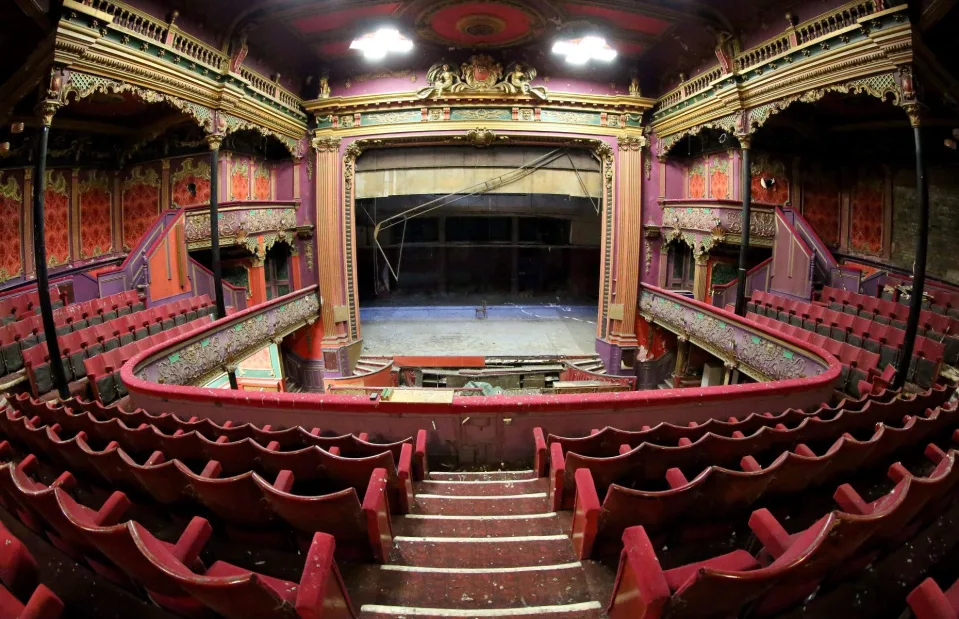Left to rot
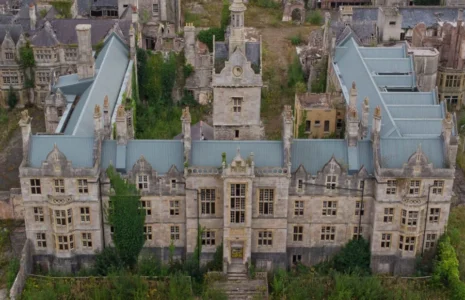
From derelict hospitals and ruined churches to beautifully preserved theatres and crumbling castles, the UK is dotted with abandoned buildings that all have an intriguing story to tell.
Read on to discover the histories of these incredible buildings…
Crumlin Road Courthouse, Belfast, Northern Ireland
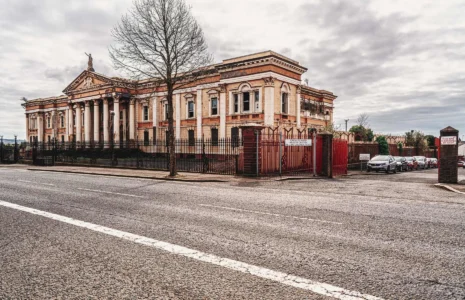
Spooky yet magnificent, the Crumlin Road Courthouse is steeped in history. Completed in 1850, the Neoclassical building was designed by local architect Charles Lanyon.
It has been the venue for hundreds of trials including that of Robert McGladdery who was hanged in 1961 for killing Pearl Gamble and was the last person to be executed in Northern Ireland. After nearly 150 years of continuous service, the courthouse finally closed its doors in 1998.
Crumlin Road Courthouse, Belfast, Northern Ireland
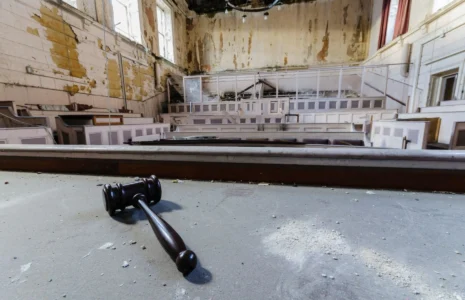
After its closure, several fires ravaged the property in 2009 and it was eventually sold to developers in 2017, but was back on the market by 2020. It has recently been sold to a property investor who has plans to turn it into a hotel or apart-hotel.
Crumlin Road Courthouse is now a designated Grade B+ listed building.
St Dunstan in the East Church, London, England
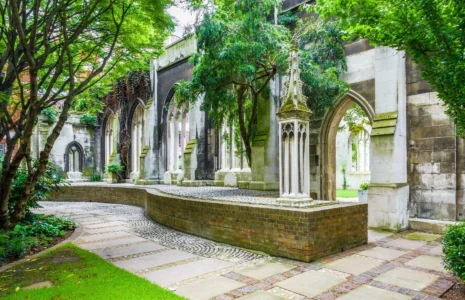
Hidden amongst London’s towering skyscrapers is one of the most beautiful abandoned sites in the city. Originally built around 1100, St Dustan in the East survived for centuries until the church fell victim to the Great Fire of London in 1666.
Although most of the building remained relatively intact, its Gothic steeple had to be replaced by a new one designed by Sir Christopher Wren. After suffering more damage during World War II, the church was never rebuilt and was eventually left abandoned.
St Dunstan in the East Church, London, England
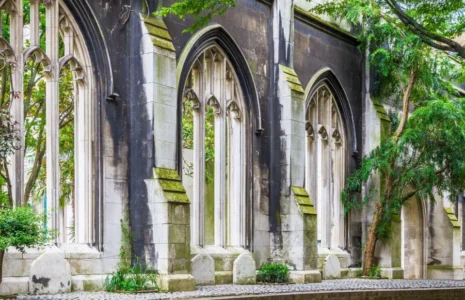
For 25 years the church lay in ruins with only Wren’s tower and steeple left unscathed. In 1967, the City of London Corporation decided to transform the eerily elegant remains into a public garden that opened in 1970.
Since then, St Dunstan in the East has become a serene meeting spot in the heart of the city, with trees and vines winding along its walls and ruined windows.
Hulme Hippodrome, Manchester, England
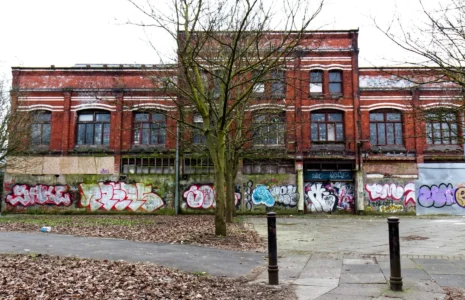
Just south of central Manchester is where you’ll find the Hulme Hippodrome. First opened in 1901 as the Grand Junction Theatre and Floral Hall, it was designed by architect J.J. Alley, who is famed for building several city landmarks, including the Hulme Playhouse just next door.
Renamed the Hulme Hippodrome after it became a music hall in 1905, the venue operated for decades and could seat up to 1,900 people. Following its decline, in the 1960s the theatre was converted into a bingo hall and casino, then later a nightclub before closing its doors in 1986.
Hulme Hippodrome, Manchester, England

Since then, the 120-year-old Edwardian theatre has become a Grade II-listed building and has remained remarkably intact. Renowned for its Rococo plasterwork and ornate decorations, the Hulme Hippodrome is one of the last surviving theatres built in this unusual style in northwest England.
In February 2021, a campaign known as Save Hulme Hippodrome was launched by a group of Manchester residents in the hopes of restoring and transforming the theatre into a community centre. Nothing has materialised from that just yet.
